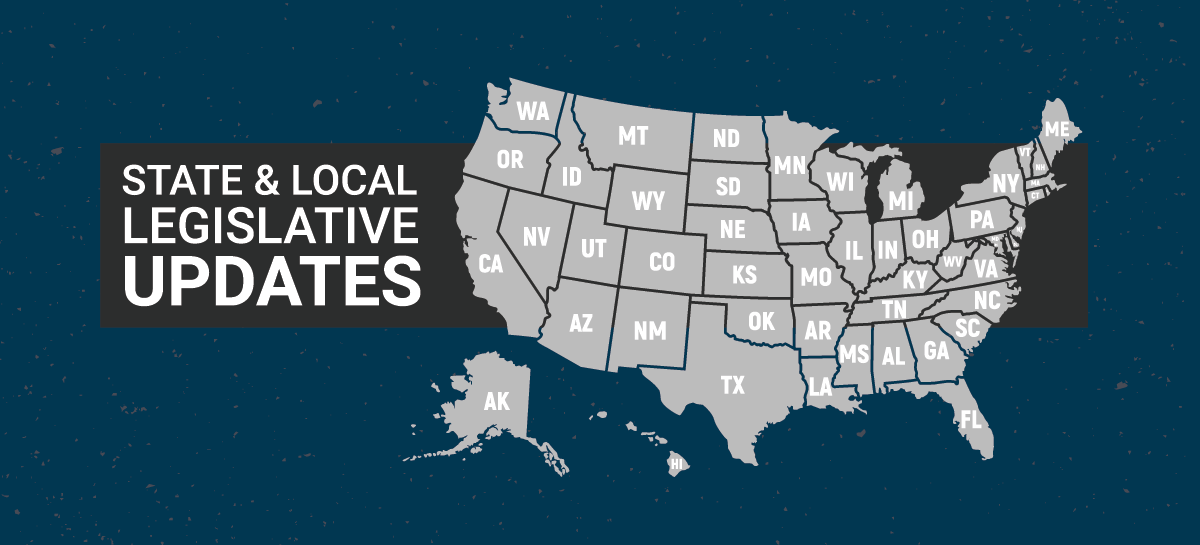
Rob Wilson, President of Employco USA, was recently nominated by Griffen Wilson, Vice President, for Family Business Magazine’s “CEOs to Watch 2025.” Rob was featured in the September/October issue.
Snippet from full article:
Since co-founding Employco USA in 1996 alongside his brother and father, Robert Wilson has grown the company from a small family start-up into a highly successful HR outsourcing firm with more than $600 million in sales.
“What really sets Rob apart is his ability to combine big-picture vision with a people-first approach,” says his son, Griffen Wilson, who serves as Employco’s vice president. “He’s always kept Employco ahead of the curve by embracing new technologies and creating innovative solutions that make life easier for clients and help them navigate the ever-changing regulatory landscape.”
Continue reading






